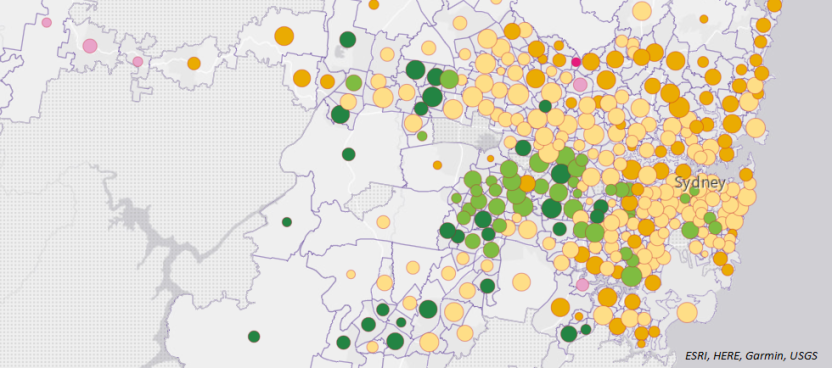Distribution of weekly income(a)
[["Negative income","Nil income","$1-$99","$100-$199","$200-$299","$300-$399","$400-$499","$500-$599","$600-$699","$700-$799","$800-$899","$900-$999","$1000-$1099","$1100-$1199","$1200-$1299","$1300-$1399","$1400-$1499","$1500-$1599","$1600-$1699","$1700-$1799","$1800-$1899","$1900-$1999","$2000-$2099","$2100-$2199","$2200-$2299","$2300-$2399","$2400-$2499","$2500-$2599","$2600-$2699","$2700-$2799","$2800-$2899","$2900-$2999","$3000-$3099","$3100-$3199","$3200-$3299","$3300-$3399","$3400-$3499","$3500-$3599","$3600-$3699","$3700-$3799","$3800-$3899","$3900-$3999","$4000-$4099","$4100-$4199","$4200-$4299","$4300-$4399","$4400-$4499","$4500-$4599","$4600-$4699","$4700-$4799","$4800-$4899","$4900-$4999"],[[0.5],[8.0500000000000007],[3.7599999999999998],[3.02],[3.4199999999999999],[7.5599999999999996],[11.69],[5.1100000000000003],[4.21],[4.1299999999999999],[4.0999999999999996],[3.8999999999999999],[3.6699999999999999],[3.4199999999999999],[3.1400000000000001],[2.8999999999999999],[2.6600000000000001],[2.4300000000000002],[2.1800000000000002],[1.99],[1.76],[1.6100000000000001],[1.53],[1.3600000000000001],[1.21],[1.1100000000000001],[0.93999999999999995],[0.81999999999999995],[0.71999999999999997],[0.64000000000000001],[0.57999999999999996],[0.5],[0.44],[0.39000000000000001],[0.35999999999999999],[0.33000000000000002],[0.34000000000000002],[0.28000000000000003],[0.23999999999999999],[0.20999999999999999],[0.20000000000000001],[0.17999999999999999],[0.16],[0.14000000000000001],[0.13],[0.12],[0.11],[0.10000000000000001],[0.089999999999999997],[0.080000000000000002],[0.070000000000000007],[0.070000000000000007]]]
[{"value":"Median $764","annote_text":null,"x_value":"9","y_value":"0.01","x_axis":"0","y_axis":"0","x_offset":"0","y_offset":"-200","cell_row":null,"cell_column":null},{"value":"Mean $1,110","annote_text":null,"x_value":"13","y_value":"0.01","x_axis":"0","y_axis":"0","x_offset":"0","y_offset":"-250","cell_row":null,"cell_column":null}]{"0":{"value":"0","axis_id":"0","axis_title":"Weekly income","axis_units":"","tooltip_units":"","table_units":"","axis_min":null,"axis_max":null,"tick_interval":null,"precision":"-1","data_unit_prefix":"","data_unit_suffix":"","reverse_axis":null},"reverse_axis":false}[{"value":"0","axis_id":"0","axis_title":"%","axis_units":"","tooltip_units":"(%)","table_units":"(%)","axis_min":null,"axis_max":null,"tick_interval":null,"precision":"1","data_unit_prefix":"","data_unit_suffix":"","reverse_axis":false}]